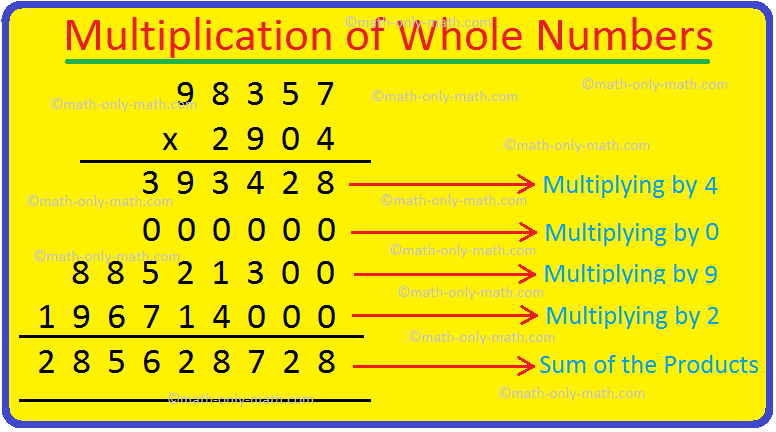
The digit 5 is in the tens place, and the digit 6 is in the ones place.Īs you see above, you can tell a digit’s value by looking at its position. In the number 1, 456 the digit 1 is in the thousands place. The place values for the digits in 1, 456 are shown in this chart. We can use a place-value chart like the one below to easily see the place value for each digit. The position of each digit in a number tells its value, or place value. To understand what a number really means, you need to understand what the digits represent in a given number. Numbers such as 2 have one digit, whereas numbers such as 89 have two digits. All numbers are made up of one or more digits. They are called real numbers because they do not belong to the imaginary number system.\( \newcommand\)Ī digit is one of the symbols is one of the symbols 0, 1, 2, 3, 4, 5, 6, 7, 8 or 9. Liked this blog? Read next: 10 great mathematicians of India FAQsĪnswer- Archimedes, the great Greek mathematician and philosopher is the father of Mathematics.Īnswer- Because whole numbers range from 0 to infinity, the greatest whole number is infinity.Īnswer- Real numbers can be positive or negative, and they include the number zero. We would be happy to assist you with your queries. Click here to contact us for more information on what is a whole number. All the positive integers, in addition to zero, represent the whole numbers.ĭid you find this blog informative? If so, do express your thoughts in the comments below. All positive or integers on the right-hand side of 0 represent the natural numbers.There are four major properties of whole numbers- Closure, Associative, Commutative, and Distributive.You can define whole numbers as the group of natural numbers that includes 0.Įxcept for 0, each whole number is a natural number. Let us examine the differences- Whole number Difference between whole numbers and natural numbers

As a result, the set of natural numbers is a subset of the whole numbers. Furthermore, each natural number is a whole number. Natural numbers and whole numbersĪccording to the definitions above, each number other than 0 is a natural number. Hence, zero is neither a positive nor a negative number. Even though zero has no value, it is used as a placeholder. On a number line, zero is the number that lies between the positive and negative numbers.

Whole numbers begin with 0 hence, 0 is the smallest whole number (from the definition of whole numbers). Whole numbers are all positive integers, in addition to zero.Every counting number is a whole number.Here are some facts to help you understand them better. The group of natural numbers that includes 0 is known as whole numbers. The presence of zero in the whole numbers set is the primary distinction between natural and whole numbers. It is a set of positive integers and zeroes.Īlternatively, whole numbers are the set of non-negative integers. Whole numbers don’t contain fractions, decimals, or negative integers. Natural numbers are a collection of counting numbers beginning with 1, 2, 3, 4, and so on.

Whole numbers include natural numbers and zero (0).


 0 kommentar(er)
0 kommentar(er)
